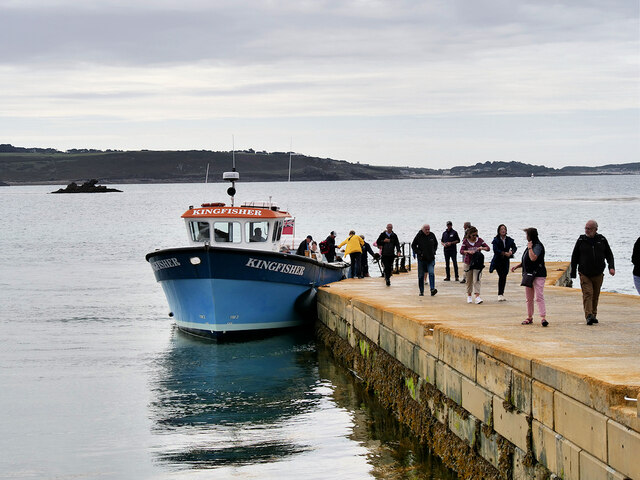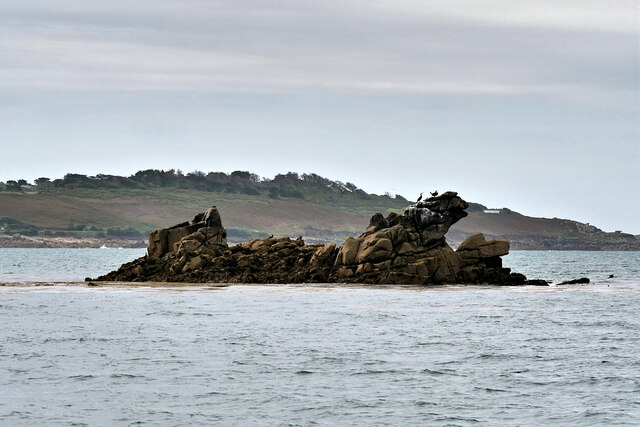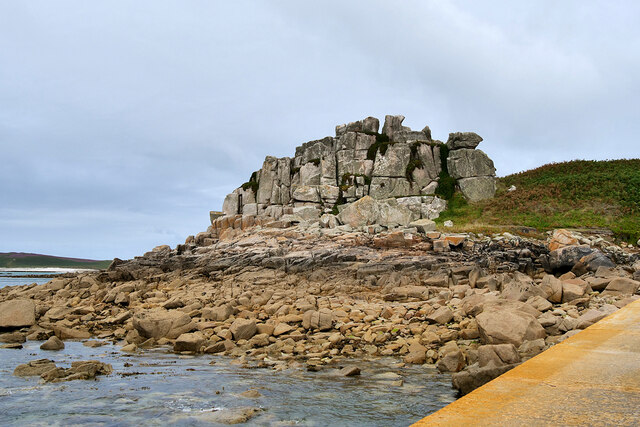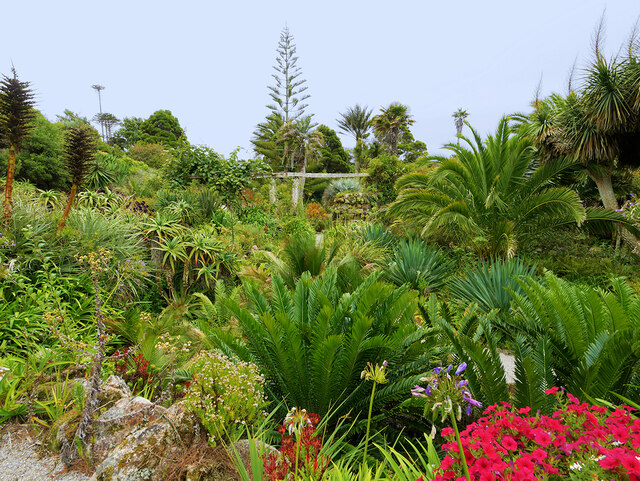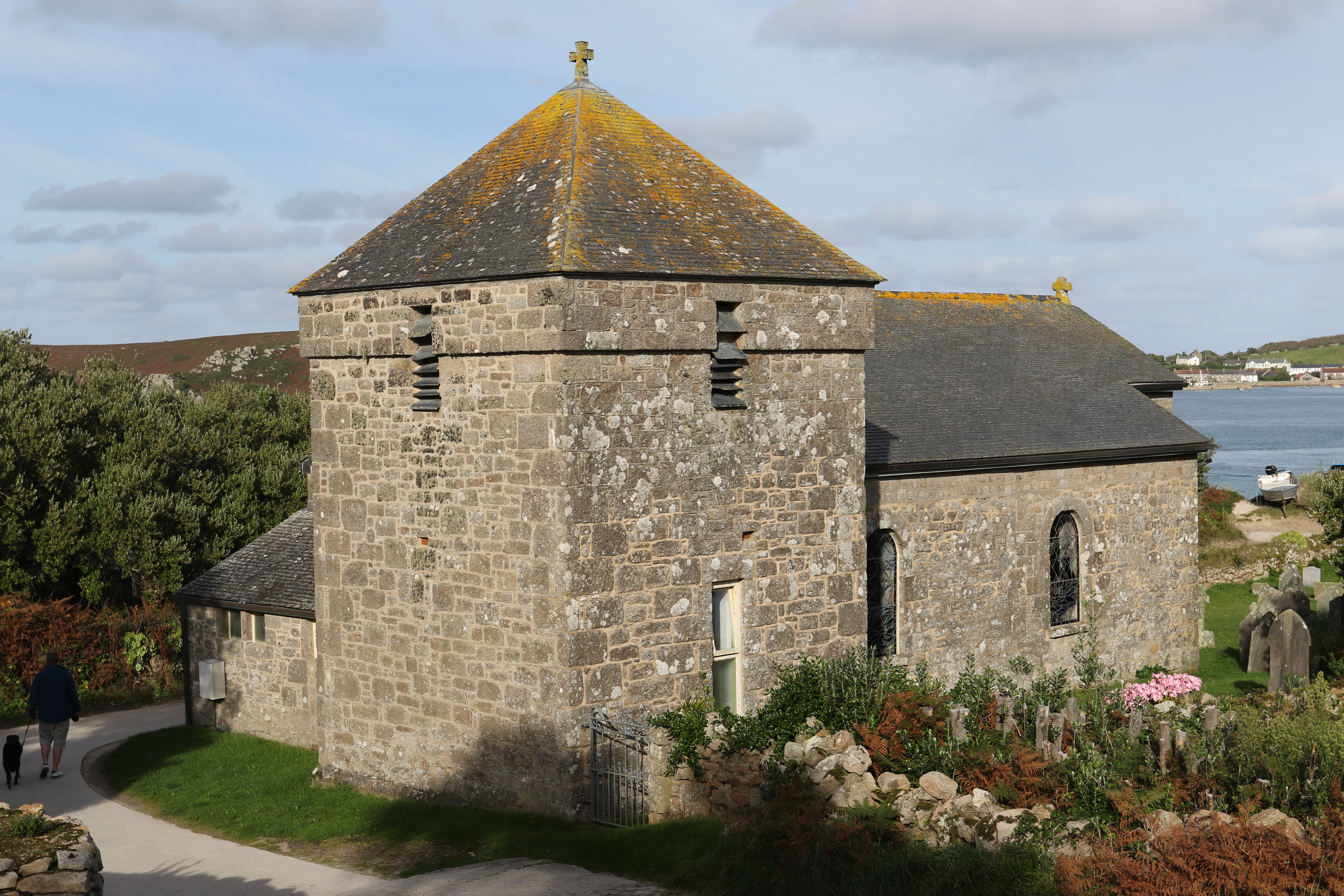East Porth
Bay in Cornwall
England
East Porth

East Porth, located in Cornwall, England, is a picturesque bay renowned for its natural beauty and charming coastal village. Situated on the North Cornish coast, it forms part of the larger town of Newquay, which is celebrated for its stunning beaches and vibrant surf culture.
East Porth Bay boasts a crescent-shaped sandy beach that stretches over 500 meters, making it a popular destination for locals and tourists alike. The crystal-clear waters of the Atlantic Ocean provide ideal conditions for swimming, surfing, and other water-based activities. Lifeguards patrol the beach during the summer months to ensure the safety of visitors.
The village of East Porth offers a tranquil escape from the hustle and bustle of city life. It is characterized by quaint cottages, traditional pubs, and charming cafes. The village also provides a range of amenities, including shops, restaurants, and accommodations to cater to the needs of visitors.
Nature enthusiasts will be delighted by the rugged coastal landscape surrounding East Porth. The South West Coast Path, a famous long-distance footpath, runs along the cliffs, offering breathtaking views of the bay and its surroundings. Wildlife lovers can spot a variety of seabirds, seals, and even dolphins in the waters.
East Porth is conveniently located near other popular attractions in Cornwall, such as the Eden Project and the Lost Gardens of Heligan, making it an ideal base for exploring the region. With its stunning beach, charming village, and natural beauty, East Porth is a must-visit destination for anyone seeking a quintessential Cornish experience.
If you have any feedback on the listing, please let us know in the comments section below.
East Porth Images
Images are sourced within 2km of 49.933366/-6.3486311 or Grid Reference SV8812. Thanks to Geograph Open Source API. All images are credited.













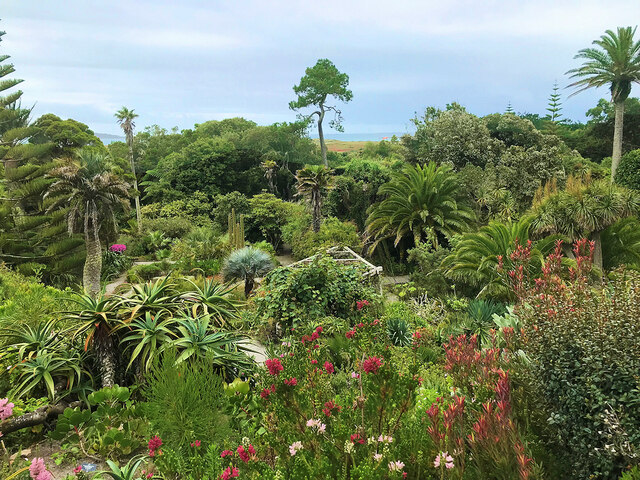
East Porth is located at Grid Ref: SV8812 (Lat: 49.933366, Lng: -6.3486311)
Division: Isles of Scilly
Unitary Authority: Isles of Scilly
Police Authority: Devon and Cornwall
What 3 Words
///trickster.trapdoor.importers. Near Bryher, Isles of Scilly
Nearby Locations
Related Wikis
Samson, Isles of Scilly
Samson (Cornish: (Enys) Sampson) is the largest uninhabited island of the Isles of Scilly, off the southwestern tip of the Cornish peninsula of Great Britain...
HMS Colossus (1787)
HMS Colossus was a 74-gun third-rate ship of the line of the Royal Navy. She was launched at Gravesend on 4 April 1787 and lost on 10 December 1798. During...
Oliver's Battery, Tresco
Oliver's Battery is a ruined artillery battery on the island of Tresco in the Isles of Scilly off of Cornwall, England. It was built by the Parliamentarian...
Tresco Heliport
Tresco Heliport (ICAO: EGHT) is a heliport located on the island of Tresco, in the Isles of Scilly off the southwest coast of England, UK. The heliport...
Tresco Abbey Gardens
Tresco Abbey Gardens are located on the island of Tresco in the Isles of Scilly, United Kingdom. The 17 acre gardens were established by the nineteenth...
Tresco Priory
Tresco Priory is a former monastic settlement on Tresco, Isles of Scilly founded in 946 AD. It was re-founded as the Priory of St Nicholas by monks from...
All Saints' Church, Bryher
All Saints' Church is a Grade II listed parish church in the Church of England located in Bryher, Isles of Scilly. == History == Bryher is the most westerly...
Isles of Scilly
The Isles of Scilly ( SIL-ee; Standard Written Form: Syllan, Ynysek Syllan, or Ynysow Syllan) is an archipelago off the southwestern tip of Cornwall, England...
Nearby Amenities
Located within 500m of 49.933366,-6.3486311Have you been to East Porth?
Leave your review of East Porth below (or comments, questions and feedback).
